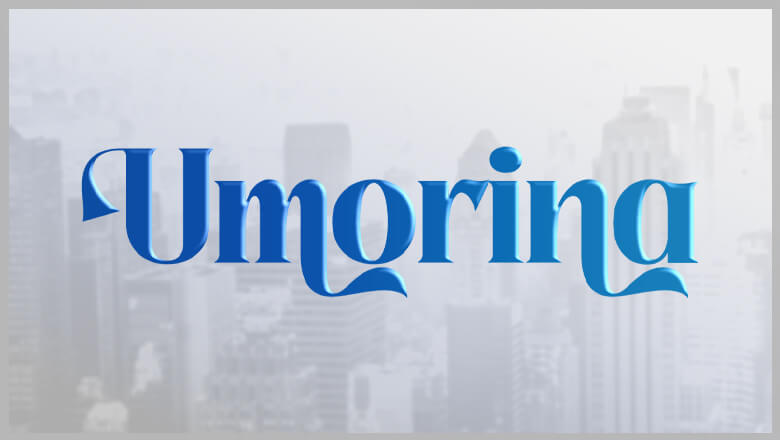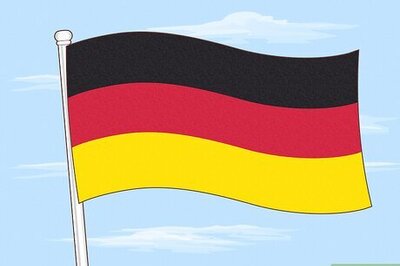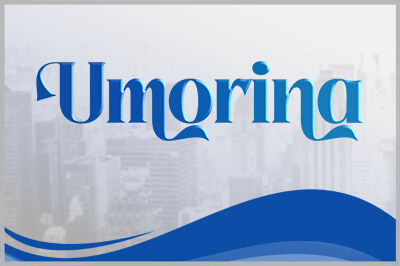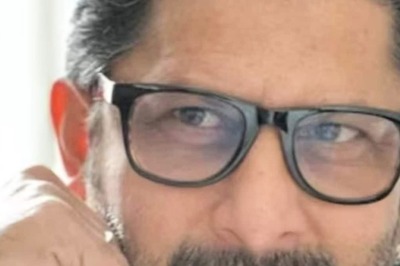
views
How to Sign "Thank You" in ASL
Flatten your hand and touch your fingertips to your chin. Hold up your hand and close the gaps between your fingers. Then turn your palm toward your face and lightly touch your fingertips to your chin, just under your lower lip. Leave your thumb sticking out.
Extend your hand away and slightly downward from your face. With your palm still faced toward you, move your hand away from your chin at a slight downward angle toward the person you're thanking. Smile or nod at them or mouth the words with your lips so they understand that you're expressing gratitude. The sign for "thank you" in ASL is the same in British Sign Language (BSL).
Which hand do you sign "thank you" with?
Sign "thank you" with your dominant hand. Your dominant hand is whichever one you use when you write. But really, it doesn't matter which hand you use for it. If you're ambidextrous, meaning you're both right and left-handed, you can switch it up whenever you want!
How to Sign Other "Thank You" Phrases
"I'm very grateful." Make the same sign as "thank you," but use both hands at the same time. Remember to gesture to the person (or people) you're thanking as you complete the sign. Use facial expressions like a smile to emphasize how grateful you are.
"Thanks a lot." To communicate "thanks a lot" in ASL, start by making the "thank you" sign. Next, make fists with your hands and touch them together. Then move them apart and open your hands. This is the sign for "a lot."
"No, thank you." To sign "no," hold up your dominant hand and fold your pinkie and ring finger down to touch your palm. Next, hold your index and middle fingers close together and tap them 2-3 times down on the top of your thumb. Follow this gesture with a normal "thank you" sign.
"I'm thankful." To sign "I'm thankful," point at your chest with your index finger. Then hold up both hands flat with your fingertips positioned just in front of your chin. Next, move your hands away from your chin in a double gesture, almost as if you're emphasizing the two syllables in "thankful": thank-ful.
Is "good" the same as "thank you" in ASL?
The sign for "good" is slightly different from the sign for "thank you." To say "Good" in American Sign Language, flatten your hand and touch your fingertips to your chin. Then, when you make your outward gesture, move your hand (still flattened) sharply downward. Some people tap the back of their hand against the palm of their other hand to end the sign, whereas others make this sign one-handed. Either way is okay!
Can you teach a baby to sign "thank you"?
Yes, you can start teaching a baby the "thank you" sign at 6-9 months old. Most babies develop the ability to learn and make signs by around 7-8 months old. This can be a helpful tool for babies to communicate their needs from an early age, even before they're able to speak. It can also teach them to recognize and respond to important social cues (such as when it's appropriate to say "thank you"). To teach your baby the "thank you" sign, make the sign after they hand you an object or do something you want. Say "Thank you" out loud to associate the phrase with the gesture. Repeat this process as often as possible to help the baby understand and remember it.
How to Sign "Please" in ASL
Place your hand flat on your chest and rub it in a circular clockwise motion. Hold your four fingers together and leave your thumb sticking out. Then press your hand up against the middle of your chest and rub your chest in a circular motion. Rub in the same direction as the hands on a clock face (clockwise) 2-3 times in a row.
How to Say "You're Welcome" in ASL
Sign "Thank you" back. Most people who use sign language don't sign out the words, "You're welcome." Instead, they typically use one of 3 signs: "Thank you," "It's fine," or "It's nothing." Since you already know the sign for "thank you," here are the gestures for "fine" and "it's nothing." Choose the one you like best (or switch them up as you like). "It's fine": Hold up your hand, spread your fingers, and stick your thumb out. Then point at yourself with your thumb. "It's nothing": Hold your hands up and curl your fingers inward so your fingertips touch your thumbs (i.e., make circle shapes with your hands). Then gently shake your hands back and forth once or twice.
Other Helpful Sign Language Phrases
Say what's on your mind and reach more people with sign language. Sign language helps people with hearing and learning impairments and language barriers communicate with the world. Learning how to express yourself with this universal system of hand gestures is an essential skill. Brush up on your sign language knowledge with these helpful guides! How to Learn American Sign Language (ASL) What Are the Types of Sign Language? ASL, BSL, & More How to Fingerspell the Alphabet in American Sign Language How to Sign Your Name in American Sign Language "I Love You" in Sign Language: A Complete ASL Guide
















Comments
0 comment